#igbo
Text
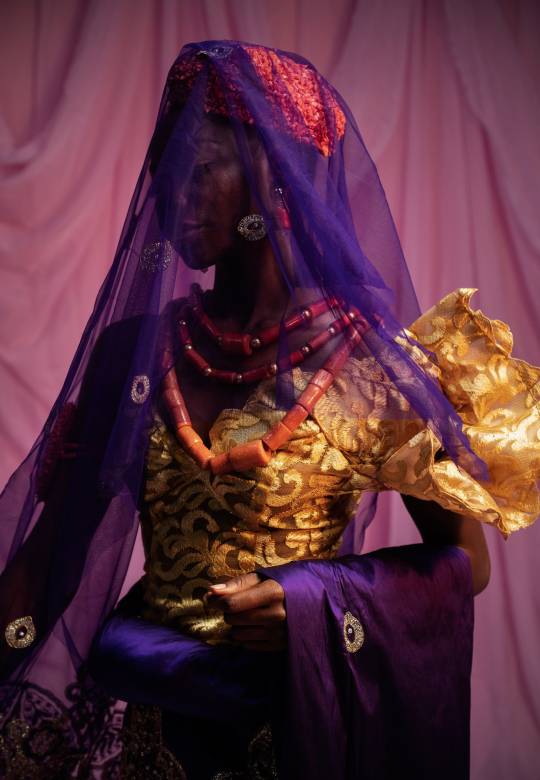
Igbo bride, Nigeria, by Lakin Ogunbanwo
#igbo#nigeria#africa#western africa#folk clothing#traditional clothing#traditional fashion#cultural clothing
708 notes
·
View notes
Text
The Igbo people (English: /ˈiːboʊ/ EE-boh,US also /ˈɪɡboʊ/ IG-boh; also spelled Ibo and historically also Iboe, Ebo, Eboe,Eboans,Heebo;natively Ṇ́dị́ Ìgbò) are an ethnic group in Nigeria. They are primarily found in Abia, Anambra, Ebonyi, Enugu, and Imo States. A sizable Igbo population is also found in Delta and Rivers States. Ethnic Igbo populations are found in Cameroon,Gabon, and Equatorial Guinea, as migrants as well as outside Africa. There has been much speculation about the origins of the Igbo people, which are largely unknown.Geographically, the Igbo homeland is divided into two unequal sections by the Niger River—an eastern (which is the larger of the two) and a western section.The Igbo people are one of the largest ethnic groups in Africa.

#african#afrakan#kemetic dreams#africans#brownskin#brown skin#afrakans#african culture#afrakan spirituality#Igbos#igbo culture#igboland#alaigbo#igbo#epic video
269 notes
·
View notes
Text

3/29/2023 / Washington, D.C.
#Metro#black literature#african literature#books#things fall apart#chinua achebe#nigeria#Igbo#ibo#washington dc#dc
137 notes
·
View notes
Text
This month in Hoodoo History: The Igbo Freedom Landing March
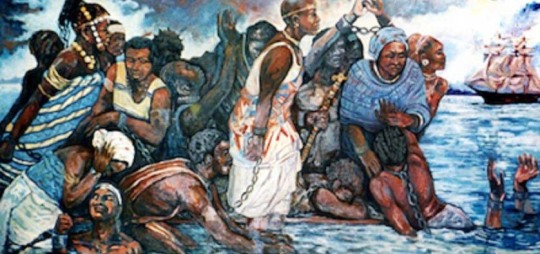
In May of 1803, 75 Igbo men & women chose freedom in death over a life of hell, spurring one of the largest mass suicides in the history of Maafa.
• In May 1803, a British slave ship called, The Wanderer, captured over a hundred Igbo men/women & other West Afrikan Peoples from present-day Nigeria and taken to Savannah, GA.
In Savannah, they were resold into Slavery to be worked to death on plantations along the Georgia coast. The price for each of their lives? $100. They were forcibly transported onto a ship called, the York that set sail for St. Simon's Island.
• During this voyage from Savannah to St. Simon's Island, 75 Igbo men & women rose up against their captors. They drowned the slavers, took control of the ship - grounding it in the Dunbar Creek.
At some point, the Igbo fled the ship. Led by their High Chief, a subset of the Igbo sang as they marched into a salt marsh of Dunbar Creek. One by one, they returned home in the face of a fate worse than death.

• This event that became known as, the Igbo Freedom Landing March, spawned enormous symbolism & folklore in the Afrikan Peoples and their descendants on this land. Many believe that the Freedom Landing and the nearby salt marshes in Dunbar Creek are haunted by the Spirits of the Igbo Peoples who drowned there. It is heralded as the first recorded Freedom March in U.S. history and has long since been a staple in Gullah-Geechee folklore, as the story of the Igbo Peoples who chose death over Slavery.
• Today, Igbo Landing is a nationally recognized historical site. It is located at Dunbar Creek on St. Simon's Island in Glynn County, GA.
• In September 2002, the Afrikan descendant community of St. Simon's Island, GA held a two-day commemoration of this event, including a procession to the salt marshes along Dunbar Creek where the mass suicide took place. They were represented by 75 Afrikan descendants across the country, Haiti, Brazil, & Nigeria. The attendees consecrated the site and did the collective work to elevate the restless Igbo spirits into healing and peaceful transition.

#hoodoo#hoodoos#atr#atrs#the hoodoo calendar#juju#igbo culture#igbo history#igbo#afrikan#igbo freedom landing March#black history#Hoodoo Folklore#west Afrika#Nigeria#Nigerian history#Georgia#Georgia history#Savannah#st simons island#african american folklore#Hoodoo History
137 notes
·
View notes
Text

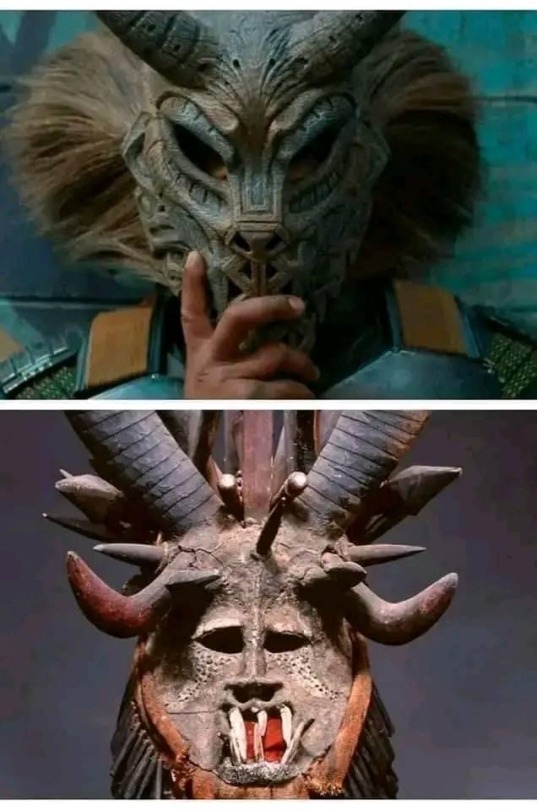
THE IGBO STORY IN THE MOVIE BLACK PANTER
In the movie The Black Panther, Erik Killmonger wore a very distinctive mask that he had taken from the British Museum. Additionally, Killmonger uttered the most famous words of the movie when he said, "just bury me in the ocean with my ancestors who jumped from the ships because they knew that death was better than bondage". There is a deep connection between those words and the mask that Killmonger wore.
The mask of Killmonger is from the Igbo people who are from Eastern Nigeria.
In May of 1803, a significant event took place known as the Igbo Landing. After crossing the Middle Passage, a slave ship arrived in Georgia with a cargo of slaves. 75 of those people were Igbo people and they were sold for roughly $100 each. They were then transferred to another ship to be moved to their destination. Once upon the new ship, the Igbo people rebelled. During the rebellion, the Igbo people killed their captors and took control of the ship. With no way of returning home and facing the likelihood of being recaptured into slavery, the Igbo people agreed to commit suicide...together. They all jumped into the ocean and drowned.
This is what Killmonger was referring to when he said, "just bury me in the ocean with my ancestors who jumped from the ships because they knew that death was better than bondage".
76 notes
·
View notes
Quote
Yes. But everything in Nigeria is about haunting. It’s about ghosts. The dead are everywhere, and just won’t stay dead. In my Igbo culture, dead parents used to be buried in the middle of the living room and not in cemeteries. So in this way the dead are always there, to guide us, to teach us. I grew up around domestic graves and you couldn’t have a drink without offering them libation. So the dead informed everything that the living did. They are in many ways our way of mediating self and history, partly because there’s a real existential loss at the heart of what it means to be Nigerian, because three or four hundred years ago much of the culture was interrupted when the Portuguese arrived and began to deal in enslavement. What happens is that from that time on, Nigerian culture begins to cede itself to the invader, to this invasion of otherness. So even now in Nigeria, when we talk about “our culture,” there’s a certain Victorianness about what we think our culture is, which actually comes from Victorian England’s colonial presence. It’s that way in which all of our “selves” are built around ghosts, and sadly, mostly violent ghosts, malevolent ghosts. In GraceLand and Becoming Abigail, the mothers are dead and in a new book, The Virgin of Flames, the father’s dead. So the body of becoming is often an absence made more present by its haunting, by the ectoplasmic residue. In my books, the dead return as text, as skin (diaries and maps), as inscriptions that act as the medium, the way to visit the ghostly places of self and yet return safely. So much of the ectoplasm of these ghosts is patriarchy and masculinity. My work asks if it is possible, if this absence, this malevolent place, can enfold and nurture and be reclaimed through prose and poetry, to turn into possibility. For me it’s alchemy.
Chris Abani
Betsy Sussler - Bomb: The Author Interviews (2014)
99 notes
·
View notes
Text

#black love#black couples#black couple#melanin#wendy osefo#Eddie osefo#rhop#real housewives of Potomac#Nigeria#igbo
95 notes
·
View notes
Text
How to Write Your Name in Nsibidi?
If you’re interested in using Nsibidi to write your name or any other written content for purposes such as tattoos, branding, T-shirt designs etc, this article will help you find the best approach to achieve your goal.
What is Nsibidi/Nsibiri?
Nsibidi is an ancient writing system that has been in use for centuries in Southeastern Nigeria by the indigenous peoples, such as the Ejagham,…
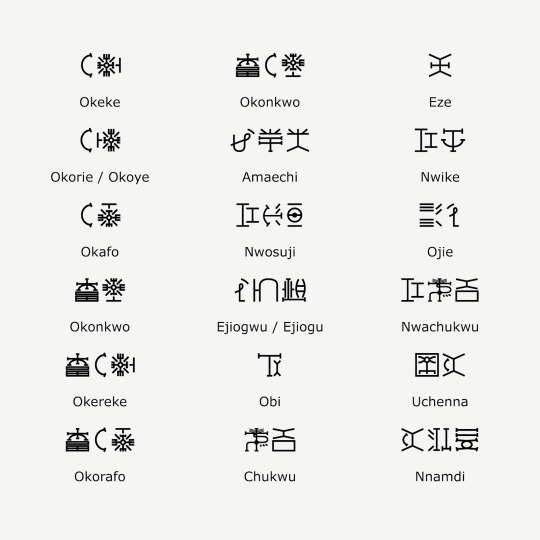
View On WordPress
24 notes
·
View notes
Video
youtube
Chiké & Mohbad - Egwu (Official Video)
#youtube#Chiké & Mohbad - Egwu#naija#ng#music dance#igbo#igbo culture#music#dance#dance challenge#afrobeats#Chiké & Mohbad#Egwu chike & Mohbad#Egwu
5 notes
·
View notes
Text
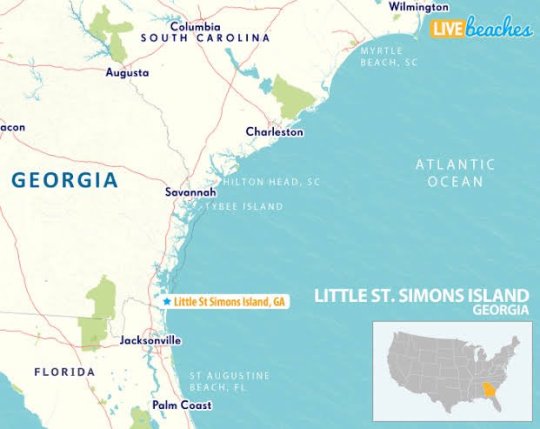
Igbo Landing is the location of a mass suicide of Igbo slaves that occurred in 1803 on St. Simons Island, GA.
80 notes
·
View notes
Text

#chiamaka obianuju udechukwu#@chiamakabrowneyes#blackisbeautiful#blackwomen#blackbeauty#beautifulblackwomen#blackandbeautiful#blackwomenaregorgeous#blackmodels#blackwomenbelike#darkskinwomen#darkskinmagic#darkskinbeauty#darkskinappreciation#darkskinbaddies#melaninpoppin#igbo#nigeria#nigerian beauty#afrocentrichairstyles#afropolitanism#african models#africanheritage#africanism#african baddies#afrocentric#blackgirlmagic#blackgirlaesthetic#blacktumblr
50 notes
·
View notes
Text

Igbo women, Nigeria, by freepik
#igbo#nigeria#africa#western africa#traditional clothing#traditional fashion#cultural clothing#folk clothing
262 notes
·
View notes
Text
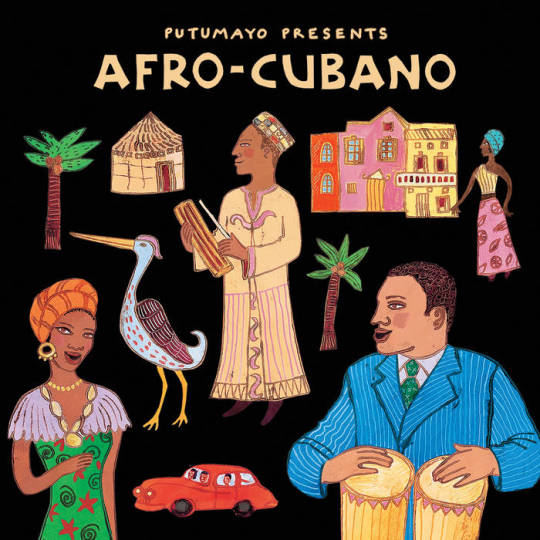
Music of African heritage in Cuba derives from the musical traditions of the many ethnic groups from different parts of West and Central Africa that were brought to Cuba as slaves between the 16th and 19th centuries. Members of some of these groups formed their own ethnic associations or cabildos, in which cultural traditions were conserved, including musical ones. Music of African heritage, along with considerable Iberian (Spanish) musical elements, forms the fulcrum of Cuban music.
Much of this music is associated with traditional African religion – Lucumi, Palo, and others – and preserves the languages formerly used in the African homelands. The music is passed on by oral tradition and is often performed in private gatherings difficult for outsiders to access. Lacking melodic instruments, the music instead features polyrhythmic percussion, voice (call-and-response), and dance. As with other musically renowned New World nations such as the United States, Brazil and Jamaica, Cuban music represents a profound African musical heritage.

Clearly, the origin of African groups in Cuba is due to the island's long history of slavery. Compared to the USA, slavery started in Cuba much earlier and continued for decades afterwards. Cuba was the last country in the Americas to abolish the importation of slaves, and the second last to free the slaves. In 1807 the British Parliament outlawed slavery, and from then on the British Navy acted to intercept Portuguese and Spanish slave ships. By 1860 the trade with Cuba was almost extinguished; the last slave ship to Cuba was in 1873. The abolition of slavery was announced by the Spanish Crown in 1880, and put into effect in 1886. Two years later, Brazil abolished slavery.
Although the exact number of slaves from each African culture will never be known, most came from one of these groups, which are listed in rough order of their cultural impact in Cuba:
The Congolese from the Congo Basin and SW Africa. Many ethnic groups were involved, all called Congos in Cuba. Their religion is called Palo. Probably the most numerous group, with a huge influence on Cuban music.
The Oyó or Yoruba from modern Nigeria, known in Cuba as Lucumí. Their religion is known as Regla de Ocha (roughly, 'the way of the spirits') and its syncretic version is known as Santería. Culturally of great significance.
The Kalabars from the Southeastern part of Nigeria and also in some part of Cameroon, whom were taken from the Bight of Biafra. These sub Igbo and Ijaw groups are known in Cuba as Carabali,and their religious organization as Abakuá. The street name for them in Cuba was Ñáñigos.
The Dahomey, from Benin. They were the Fon, known as Arará in Cuba. The Dahomeys were a powerful group who practised human sacrifice and slavery long before Europeans arrived, and allegedly even more so during the Atlantic slave trade.
Haiti immigrants to Cuba arrived at various times up to the present day. Leaving aside the French, who also came, the Africans from Haiti were a mixture of groups who usually spoke creolized French: and religion was known as vodú.
From part of modern Liberia and Côte d'Ivoire came the Gangá.
Senegambian people (Senegal, the Gambia), but including many brought from Sudan by the Arab slavers, were known by a catch-all word: Mandinga. The famous musical phrase Kikiribu Mandinga! refers to them.
Subsequent organization
The roots of most Afro-Cuban musical forms lie in the cabildos, self-organized social clubs for the African slaves, and separate cabildos for separate cultures. The cabildos were formed mainly from four groups: the Yoruba (the Lucumi in Cuba); the Congolese (Palo in Cuba); Dahomey (the Fon or Arará). Other cultures were undoubtedly present, more even than listed above, but in smaller numbers, and they did not leave such a distinctive presence.
Cabildos preserved African cultural traditions, even after the abolition of slavery in 1886. At the same time, African religions were transmitted from generation to generation throughout Cuba, Haiti, other islands and Brazil. These religions, which had a similar but not identical structure, were known as Lucumi or Regla de Ocha if they derived from the Yoruba, Palo from Central Africa, Vodú from Haiti, and so on. The term Santería was first introduced to account for the way African spirits were joined to Catholic saints, especially by people who were both baptized and initiated, and so were genuine members of both groups. Outsiders picked up the word and have tended to use it somewhat indiscriminately. It has become a kind of catch-all word, rather like salsa in music.
The ñáñigos in Cuba or Carabali in their secret Abakuá societies, were one of the most terrifying groups; even other blacks were afraid of them:
Girl, don't tell me about the ñáñigos! They were bad. The carabali was evil down to his guts. And the ñáñigos from back in the day when I was a chick, weren't like the ones today... they kept their secret, like in Africa.
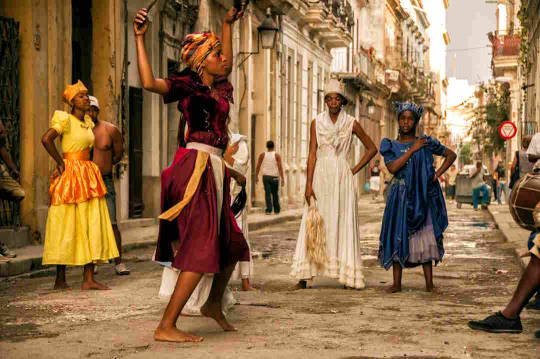
African sacred music in Cuba
All these African cultures had musical traditions, which survive erratically to the present day, not always in detail, but in the general style. The best preserved are the African polytheistic religions, where, in Cuba at least, the instruments, the language, the chants, the dances and their interpretations are quite well preserved. In few or no other American countries are the religious ceremonies conducted in the old language(s) of Africa, as they are at least in Lucumí ceremonies, though of course, back in Africa the language has moved on. What unifies all genuine forms of African music is the unity of polyrhythmic percussion, voice (call-and-response) and dance in well-defined social settings, and the absence of melodic instruments of an Arabic or European kind.
Not until after the Second World War do we find detailed printed descriptions or recordings of African sacred music in Cuba. Inside the cults, music, song, dance and ceremony were (and still are) learnt by heart by means of demonstration, including such ceremonial procedures conducted in an African language. The experiences were private to the initiated, until the work of the ethnologist Fernando Ortíz, who devoted a large part of his life to investigating the influence of African culture in Cuba. The first detailed transcription of percussion, song and chants are to be found in his great works.
There are now many recordings offering a selection of pieces in praise of, or prayers to, the orishas. Much of the ceremonial procedures are still hidden from the eyes of outsiders, though some descriptions in words exist.
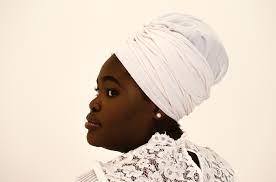
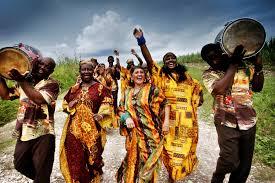
Yoruba and Congolese rituals
Main articles: Yoruba people, Lucumi religion, Kongo people, Palo (religion), and Batá
Religious traditions of African origin have survived in Cuba, and are the basis of ritual music, song and dance quite distinct from the secular music and dance. The religion of Yoruban origin is known as Lucumí or Regla de Ocha; the religion of Congolese origin is known as Palo, as in palos del monte.[11] There are also, in the Oriente region, forms of Haitian ritual together with its own instruments and music.
In Lucumi ceremonies, consecrated batá drums are played at ceremonies, and gourd ensembles called abwe. In the 1950s, a collection of Havana-area batá drummers called Santero helped bring Lucumí styles into mainstream Cuban music, while artists like Mezcla, with the lucumí singer Lázaro Ros, melded the style with other forms, including zouk.
The Congo cabildo uses yuka drums, as well as gallos (a form of song contest), makuta and mani dances. The latter is related to the Brazilian martial dance capoeira

#african#afrakan#kemetic dreams#africans#brownskin#brown skin#afrakans#african culture#fitness#afrakan spirituality#afro cuban music#afro cuban#igbo#yoruba#congo#african music
122 notes
·
View notes
Text
In 2012 UNESCO predicted that my language will die in 2025
However, many dedicated activists have been working to counter and reverse the trend of parents deliberately not passing on the Igbo language to their children. While Igbo still is not at the level that it should be at, it is heartening to see that it is still alive and is still one of Africa’s major languages.
Some people were displeased with UNESCO but it is not UNESCO’s fault that so many of us are ashamed of who we are and desperately want to be as white as possible.
“However, we’re a colonised people. We hold everything we do to the standard of the white man, so our food, language, and culture have become gentrified. Our children learn Chinese, Spanish and other foreign languages, but there’s a need to reorient our way of life and the value of our languages. We can’t continue to be embarrassed about ourselves. At some point, our culture will become revived and fashionable again.”
#igbo language#igbo#Asụsụ Igbo#langblr#multilingualism#language#languages#multilingual#lingblr#language reclamation#indigenous languages#language learning#african languages
217 notes
·
View notes
Text
Announcing my new art shop featuring afrofuturism, Black Girl Magic, Indigenous power and more ART WITH SOUL to get your mind right. Welcome! 🖤
#black art#blackgirlmagic#black women#black woman artist#black girl magic#black goddess#blackwomanartist#african tradition#igbo#prints#wallart#cyberpunk#afrofuturism#afrofuturistic#fantasy#neoncore#moon magic#blackgoddess#melanin power#melanin poppin#buyblack#blackowned#indigenous#blackownedbusiness#ai art gallery#artists on tumblr#buy prints#inspiration#women empowering woman#black woman magic
26 notes
·
View notes
Text
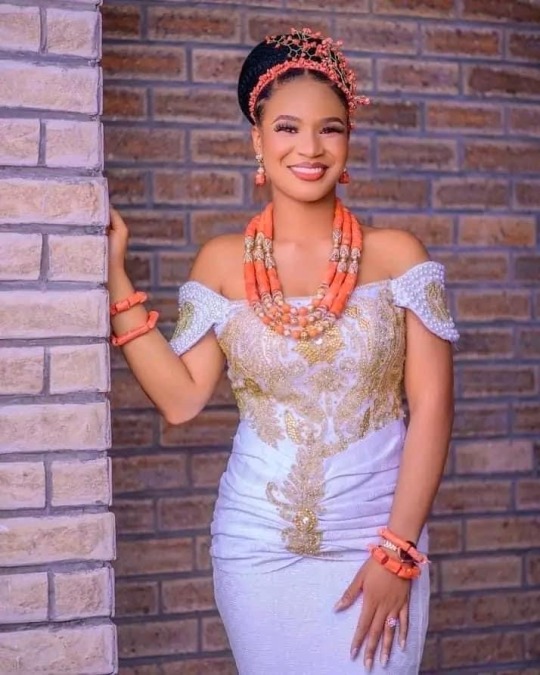
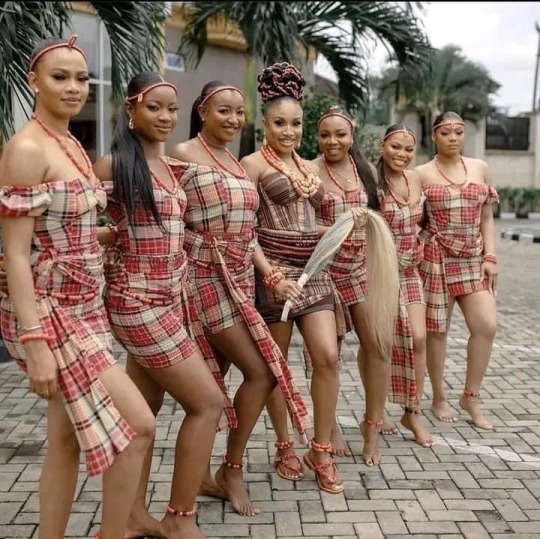


𝐈𝐧𝐭𝐞𝐫𝐞𝐬𝐭𝐢𝐧𝐠 𝐟𝐚𝐜𝐭 𝐚𝐛𝐨𝐮𝐭 𝐭𝐡𝐞 𝐈𝐠𝐛𝐨𝐬 𝐨𝐟 𝐍𝐢𝐠𝐞𝐫𝐢𝐚 🇳🇬
Did you know that the Igbos were previously referred to as “red eboes“ in the 15th and 18th centuries? This was due to their distinctive light skin complexion. Originating primarily from what was known as the Bight of Biafra on the West African coast, Igbo people were taken in relatively high numbers to Jamaica as a result of the Transatlantic Släve Trade, beginning around 1750AD. Due to their predominance in Jamaica, they were referred to as red Eboes or simply Eboe. Today “Eboe” in Jamaica means red or someone with light skin as a result of this. There is a town in Belize named Eboe town due to the high presence of Igbos.
#blacktumblr#black history#black liberation#african history#igbo#nigeria#west africa#africa#jamaica#belize
49 notes
·
View notes